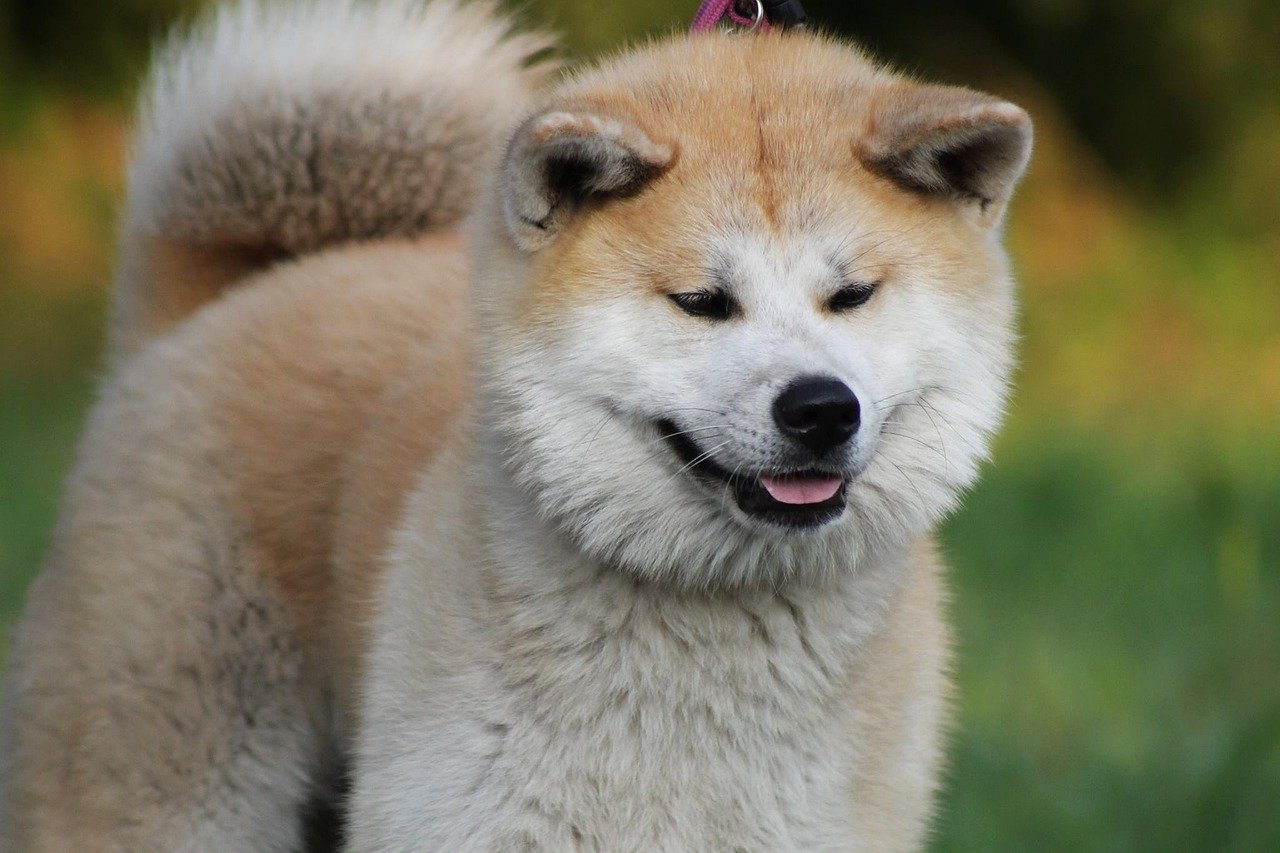Have you ever seen a picture-perfect family with a dog and wondered why it works so well—until it doesn’t? The truth is, not every dog breed is naturally suited for the rough-and-tumble world of young kids. While dogs are often called “man’s best friend,” some breeds just don’t have the patience, temperament, or tolerance for the unpredictable energy of little ones. If you’re thinking about adding a furry friend to your family, especially with toddlers in tow, you need to know which breeds might not be the best fit. Let’s explore the top 10 dog breeds that tend to struggle around young children—and why.
Chihuahua
Chihuahuas might be tiny and adorable, but don’t let their size fool you—they come with a big personality. Often fiercely loyal to one person, they can become anxious or even snappy around unpredictable children. Loud noises, fast movements, and clumsy handling from toddlers can easily overwhelm them, resulting in growling or nipping. Their delicate bodies also mean rough play can cause injuries, making them nervous and defensive around young kids.
These little dogs crave routine and calm environments. Children, with their boundless energy and sudden outbursts, tend to stress out Chihuahuas. Instead of playing along, a Chihuahua may try to hide or assert themselves with warning barks. For families with young children, this can lead to misunderstandings and accidental bites. If you’re set on a Chihuahua, it’s best to wait until your kids are older and understand gentle handling.
Shih Tzu

With their fluffy coats and sweet faces, Shih Tzus look like living stuffed animals, but appearances can be deceiving. Shih Tzus are sensitive dogs who prefer gentle, predictable company. When children rush up to hug or tug their fur, Shih Tzus may react poorly—sometimes growling or snapping out of fear or discomfort. Their small size makes them especially vulnerable to accidental injury from eager little hands.
This breed values peace and quiet, and they thrive with adults or older kids who know how to be gentle. Shih Tzus also need regular grooming, which can be a challenge when children want to join in but don’t quite understand how. In busy households with young kids, a Shih Tzu can become anxious or withdrawn, so they’re not always the best match for a bustling family.
Afghan Hound

The elegant and aloof Afghan Hound is known for its beauty and independence. Afghan Hounds have a dignified air and don’t always appreciate the chaos that comes with young children. They’re sensitive to noise and sudden movements, and they often shy away from rowdy play. These dogs have a tendency to retreat or ignore children rather than engage with them, which can frustrate kids looking for a playmate.
It’s not just their temperament that can be a problem—Afghan Hounds have long, silky coats that require delicate care. Children who tug on their fur or try to climb on them can quickly become a source of stress. Afghan Hounds are happiest in calm, predictable environments where they can observe from a distance rather than be in the center of the action.
Pekingese
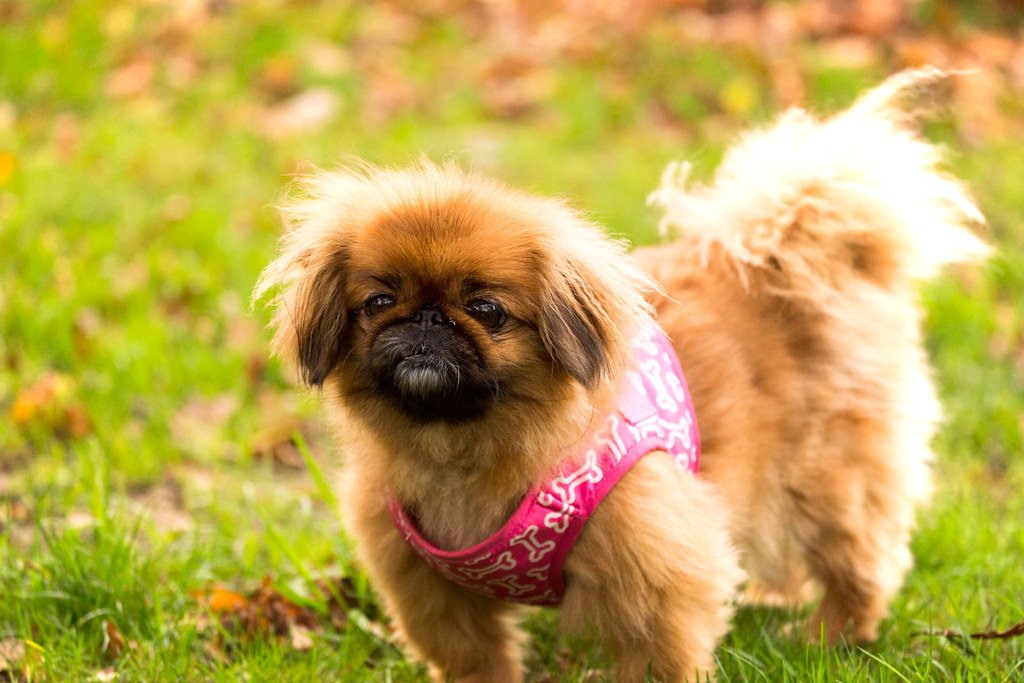
Pekingese dogs are small, regal, and full of attitude. Bred to be companions for royalty, they expect to be treated with respect. Young children, who don’t always understand boundaries, might push a Pekingese’s patience to the limit. These dogs don’t like being poked, prodded, or handled roughly, and they’re quick to let you know when they’re unhappy—sometimes with a sharp bark or even a nip.
Their independent nature means they often prefer to be left alone, especially during nap time or when they’re eating. If a toddler tries to interrupt, a Pekingese won’t hesitate to defend its space. While they can make loving pets for adults or older children who respect their limits, Pekingese aren’t well-suited for homes with energetic or unpredictable little ones.
Alaskan Malamute

Alaskan Malamutes are powerful, majestic dogs bred for hard work in harsh conditions. While their size and strength are impressive, these traits can make them overwhelming for families with young kids. Malamutes are known for their stubborn streak and high energy, which can lead to rough play that’s simply too much for toddlers. They may accidentally knock over small children in their enthusiasm.
These dogs also have a strong prey drive and can be possessive of food and toys. Young children, who might not recognize a warning growl or the signs of possessiveness, could accidentally provoke a negative reaction. Malamutes do best in families with older kids who understand dog behavior, and they need lots of space and exercise—something not every household can provide.
Dachshund
Dachshunds, with their long bodies and short legs, are full of spunk and mischief. But their bold nature can also mean a low tolerance for rough handling. Dachshunds were bred to hunt badgers, so they’re brave but can also be stubborn and snappy if annoyed. Fast movements, unexpected hugs, or being picked up improperly can make them anxious or defensive.
Their backs are very delicate, and rough play or accidental drops can cause serious injuries. Dachshunds may respond to pain or fear with a bite, making them risky companions for young children who don’t understand how to handle them gently. They thrive in homes where their boundaries are respected and their physical limitations understood.
Akita
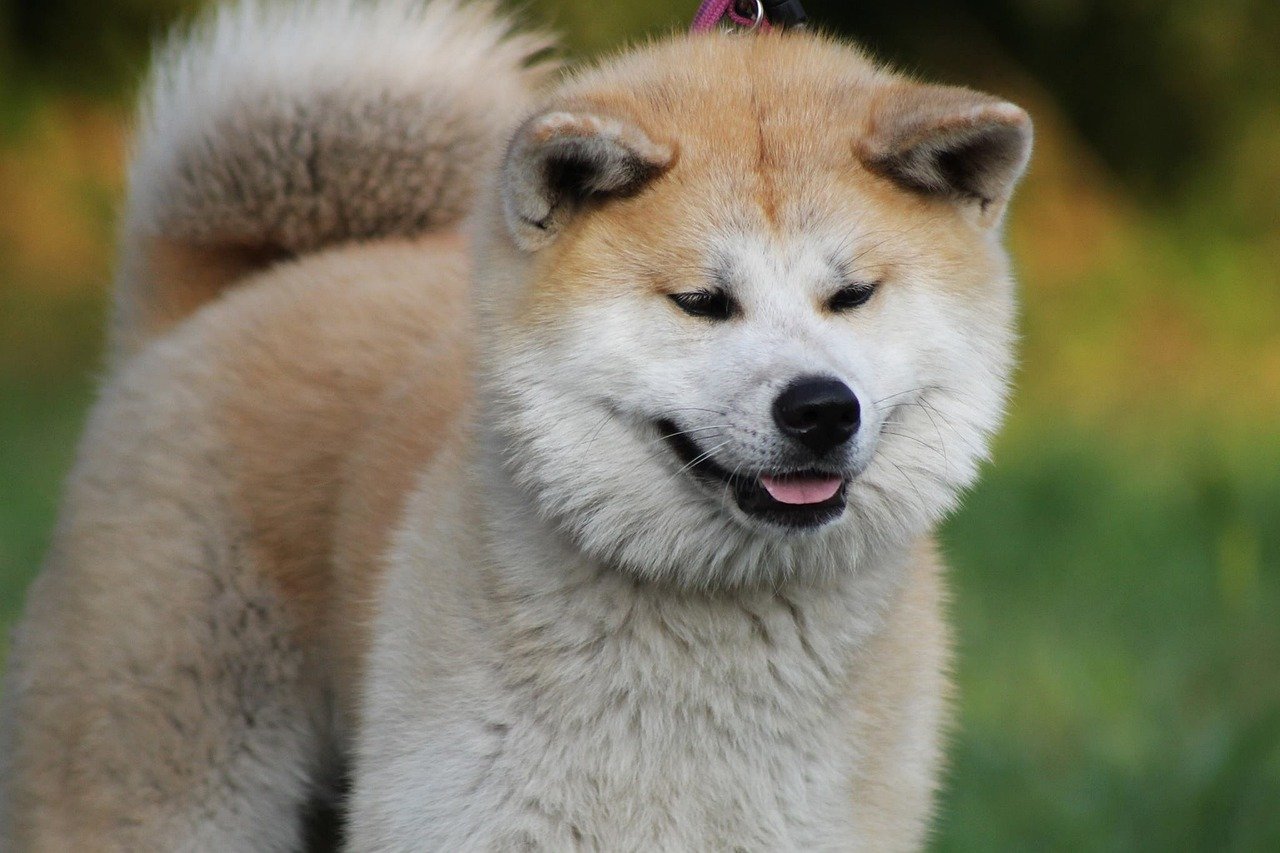
Akitas are striking, loyal, and protective, but they’re not always the best fit for families with small children. These dogs are naturally wary of strangers and can be territorial, making them less tolerant of the unpredictable behavior of kids. Akitas appreciate routines and clear rules, and sudden loud noises or rough play from toddlers can set them on edge.
Their strong personalities mean they’re more likely to correct unwanted behavior themselves, sometimes with a growl or snap. While they’re deeply devoted to their families, Akitas need experienced owners who can provide consistent training and supervision—especially when young children are involved. For families with toddlers, an Akita might be too much dog for the situation.
Greyhound
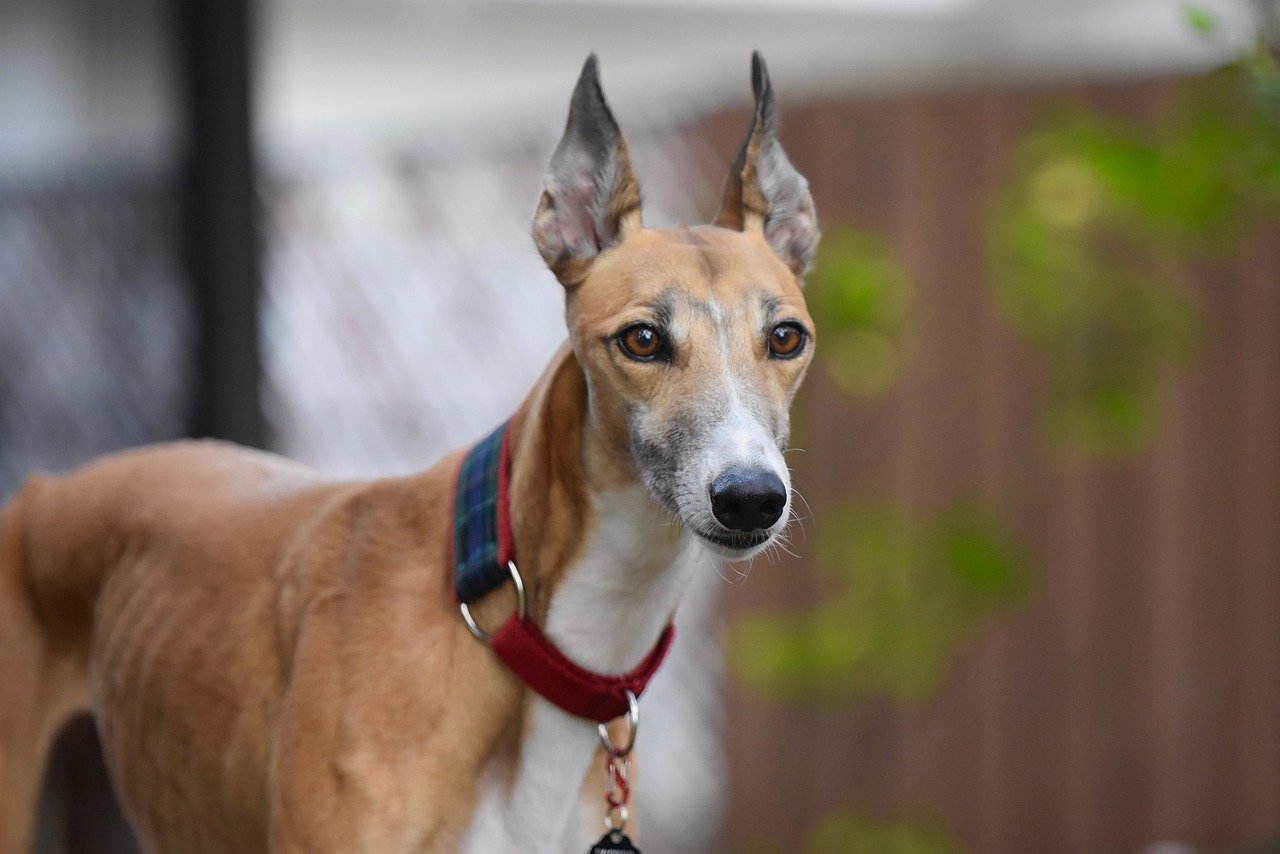
Graceful and gentle, Greyhounds are known for their calm demeanor, but they’re also sensitive souls. Loud noises, fast movements, and unpredictable actions from young children can easily make them nervous or anxious. Some Greyhounds may choose to keep their distance rather than risk an uncomfortable encounter, leading to a lack of meaningful interaction with kids.
Their slender bodies are not built for rough play, and they can be easily injured by an enthusiastic child. While they enjoy quiet companionship and gentle affection, Greyhounds generally prefer peaceful households. If your home is filled with the chaos of young children, a Greyhound may find it overwhelming and may not thrive as a family pet.
Miniature Pinscher
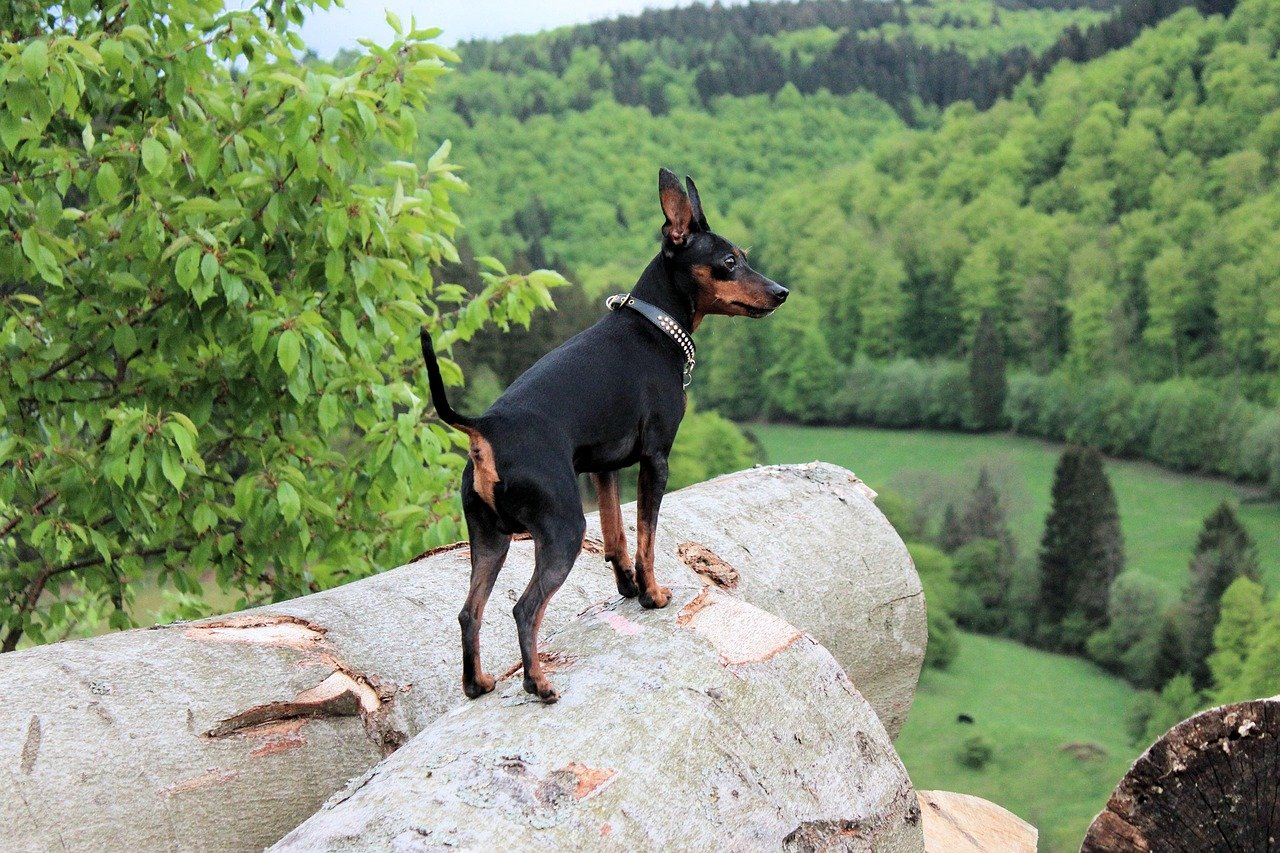
Miniature Pinschers are often described as “big dogs in small bodies,” and they certainly live up to the name. They have bold, confident personalities and can be quite assertive when it comes to defending their space. Young children, who may not recognize warning signs, can easily push a Miniature Pinscher’s buttons. These dogs can become snappy or nippy if they feel cornered or threatened.
Their high energy and need for mental stimulation mean they’re always on the move, but they don’t always want to play by a child’s rules. Miniature Pinschers do best with older children who know how to approach and handle them respectfully. In homes with toddlers, their feisty attitude can quickly turn into a problem.
Shar Pei
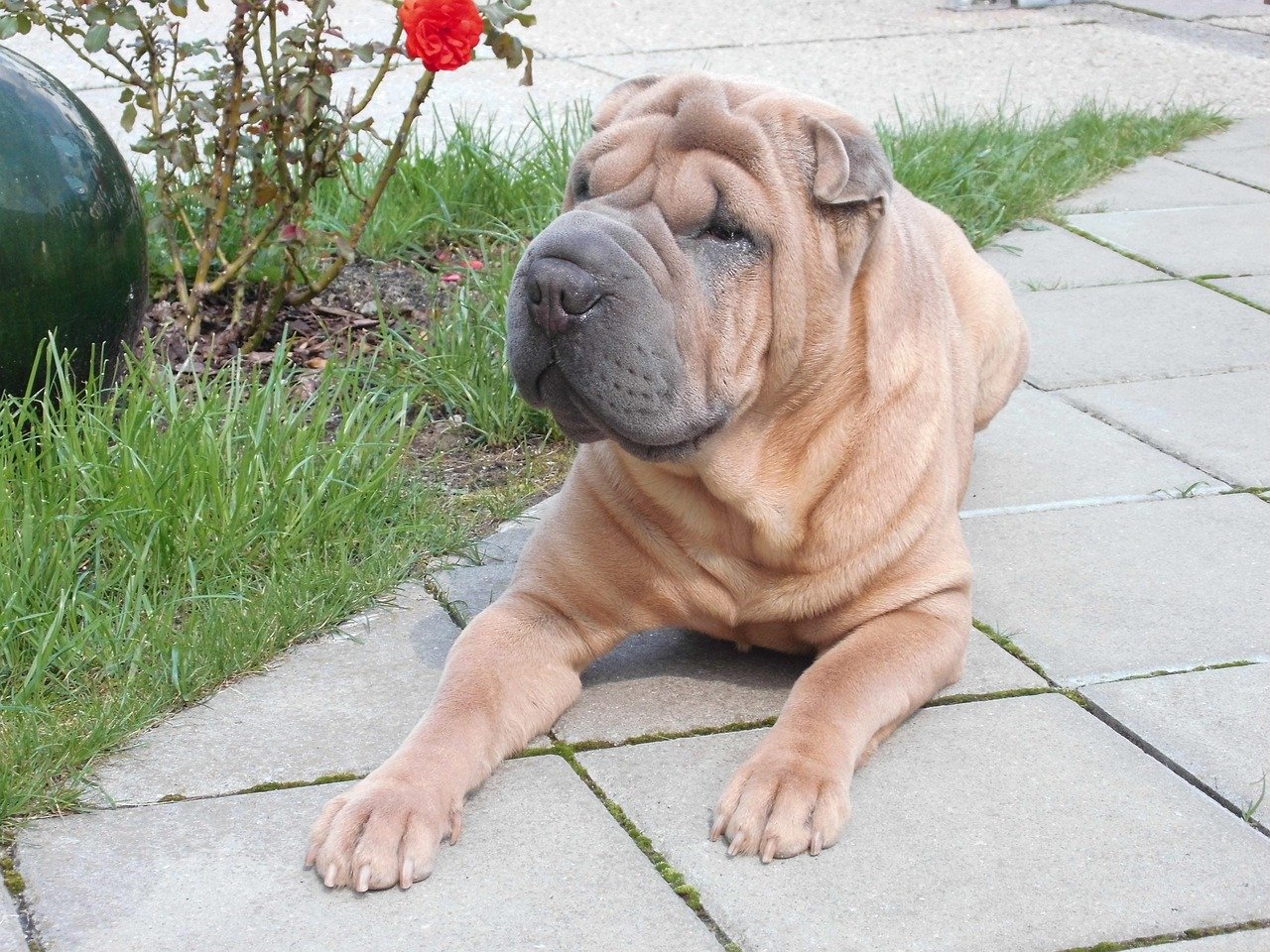
Shar Peis are known for their wrinkly skin and calm, reserved demeanor. While they form close bonds with their families, Shar Peis tend to be aloof with strangers—including children who haven’t yet earned their trust. They don’t enjoy being poked, prodded, or hugged tightly, which can make interactions with young kids stressful for everyone.
Their independent nature means they may walk away rather than tolerate unwanted attention, but if cornered, they can react defensively. Shar Peis need clear boundaries and consistent training, and they do best in homes where children are old enough to respect their space. For families with toddlers, a Shar Pei might not be the most reliable companion.
Not all dogs are naturally suited for life with young children, and that’s an important reality to consider when choosing a breed. The 10 breeds we’ve highlighted may struggle due to their sensitivity, low tolerance for noise and unpredictability, or strong guarding instincts. While many of these dogs can thrive in the right environment with proper training and socialization, they often require more supervision and understanding than others. Ultimately, the key to a safe and happy home is choosing a dog whose temperament aligns with your family’s energy and dynamics—ensuring a better experience for both your child and your canine companion.
Jen is a passionate nature lover and ocean conservationist. She has dedicated her life to protecting the environment and preserving the beauty of the natural world. Growing up in a small coastal town, Jen sincerely appreciated the ocean and its inhabitants. She has spent countless hours exploring the shoreline, learning about the creatures that inhabit the waters, and advocating for their protection. Jen is an active member of ocean conservation organizations, and she is committed to educating the public about the importance of conserving wildlife and the natural environment.

